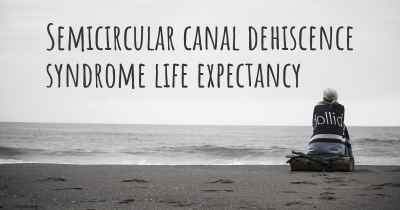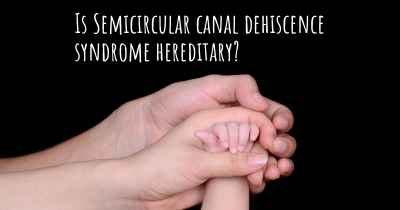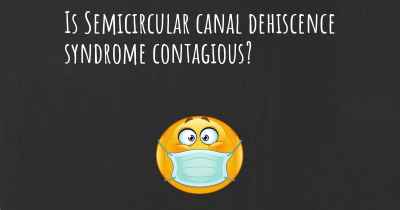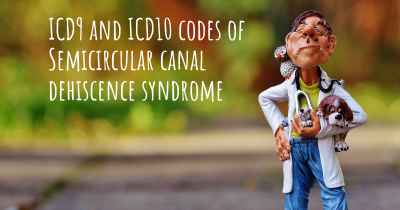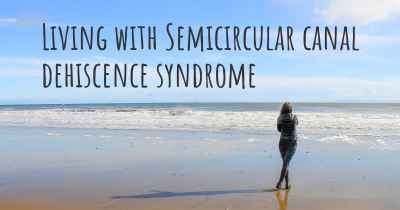How is Semicircular canal dehiscence syndrome diagnosed?
See how Semicircular canal dehiscence syndrome is diagnosed. Which specialists are essential to meet, what tests are needed and other useful information for the diagnosis of Semicircular canal dehiscence syndrome
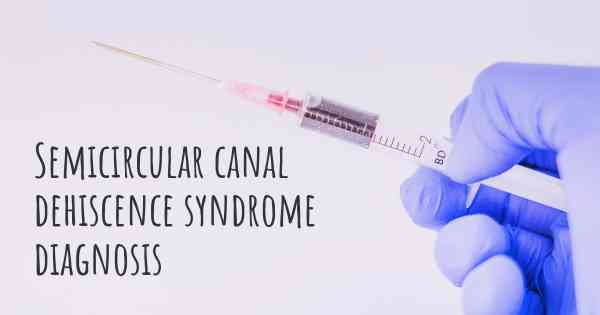
Diagnosing Semicircular Canal Dehiscence Syndrome
Semicircular canal dehiscence syndrome (SCDS) is a rare medical condition that affects the inner ear. It is characterized by a thinning or complete absence of the bone that normally covers the semicircular canals, which are responsible for detecting rotational movements of the head. This condition can lead to a variety of symptoms, including hearing and balance problems.
Diagnosing SCDS can be challenging as its symptoms can overlap with other ear and balance disorders. However, there are several methods that healthcare professionals use to accurately diagnose this condition:
1. Medical History and Physical Examination
The first step in diagnosing SCDS is a thorough medical history review and physical examination. The doctor will ask about your symptoms, their duration, and any triggers that worsen them. They will also inquire about any previous ear infections, head trauma, or surgeries that may be relevant. During the physical examination, the doctor will assess your balance, coordination, and perform specific tests to evaluate your hearing.
2. Audiometry
Audiometry is a hearing test that measures your ability to hear sounds of different frequencies and volumes. In SCDS, specific patterns may be observed on the audiogram. The test involves wearing headphones and responding to various tones or words. This helps determine the extent of hearing loss or any abnormalities in the inner ear.
3. Vestibular Testing
Vestibular testing evaluates the function of the vestibular system, which is responsible for maintaining balance. There are different types of vestibular tests that can be used to diagnose SCDS:
- Videonystagmography (VNG): This test measures eye movements in response to specific head movements. It can help identify any abnormal eye reflexes associated with SCDS.
- Vestibular Evoked Myogenic Potential (VEMP): VEMP measures the response of certain muscles in the neck and eyes to sound stimulation. In SCDS, the VEMP test may reveal abnormal responses.
- Rotational Chair Testing: This test involves sitting in a computer-controlled chair that rotates at different speeds. It helps assess the function of the semicircular canals and can reveal any abnormalities associated with SCDS.
4. Imaging Studies
Imaging studies are crucial in confirming the diagnosis of SCDS and ruling out other conditions. The most commonly used imaging techniques include:
- High-resolution Computed Tomography (CT) Scan: This scan provides detailed images of the temporal bone, including the inner ear structures. It can help identify any thinning or absence of bone over the semicircular canals.
- Magnetic Resonance Imaging (MRI): MRI uses powerful magnets and radio waves to create detailed images of the inner ear and surrounding structures. It can help rule out other causes of symptoms and provide additional information about the condition.
5. Pressure Testing
Pressure testing is a specialized diagnostic procedure used to provoke symptoms in individuals suspected of having SCDS. It involves introducing small changes in air pressure within the ear canal to elicit specific symptoms, such as vertigo or nystagmus (involuntary eye movements). The presence of these symptoms during pressure testing can support the diagnosis of SCDS.
6. Second Opinion
Due to the complexity of SCDS diagnosis, seeking a second opinion from an experienced otologist or neurotologist is often recommended. These specialists have extensive knowledge and expertise in diagnosing and treating inner ear disorders, including SCDS.
It is important to note that the diagnosis of SCDS should be made by a qualified healthcare professional based on a comprehensive evaluation of the patient's symptoms, medical history, physical examination, and appropriate diagnostic tests. The information provided here is for informational purposes only and should not replace professional medical advice.
